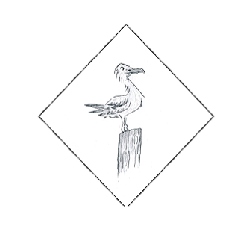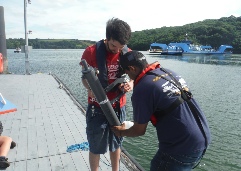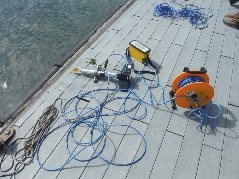DISCLAIMER: These opinions and views are those of the individuals concerned and not those of the University of Southampton.


Abstract:
We conducted a series of measurements on the pontoon using an Exo-
Introduction:
The aim of this survey was to investigate temporal variations of physical and biological parameters of the Fal estuary over a short time period (3 hours). Within the Fal estuary, factors influencing diurnal variations in physics and biology include tidal regime, weather conditions and human activities which may take place.
A short time series, measuring multiple parameters has been carried out from the Trelissick pontoon within the Fal estuary in order to examine the variation observed within the period.
Methodology:
The pontoon was situated by the King Harry Ferry dock up the Fal estuary, therefore
Life Jackets were worn by all members of the working group to ensure safety. The
equipment was assembled on site with sub groups that pre-
Exo-
The Exo-
Light sensing:
To determine the light attenuation, 2 light sensors were used on the pontoon. One
was used to get the surface ambient irradiance (on the deck), and the other was used
to get an in-
TEMPORAL PONTOON SURVEY:
Niskin Bottle:
The Niskin bottle was deployed at metre intervals from the surface to obtain a water sample. Then a 50ml sample is syringed into a separate bottle through a filter which is retained and placed into labelled test tubes containing acetone. This process is repeated for each sampling station. It was then necessary to refrigerate the samples overnight for fluorescence analysis at a later date to determine the chlorophyll concentration (mg/l).
Flow meter:
The flow meter was deployed from the pontoon and lowered through the water with flow (m/s) and direction (° from North) every 1 meter. Flow is measured by the rate of the impellor’s rotation which was caused by the movement of the water.
Hover over image for description:

Station Conditions : Click to expand
| Results and Discussion |
| Results |
| Discussion and Conclusion |
| Results |
| Discussion and Conclusion |
| Results |
| Discussion and Conclusion |
| Methodology Continued .. |

